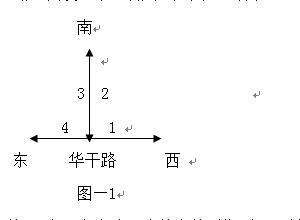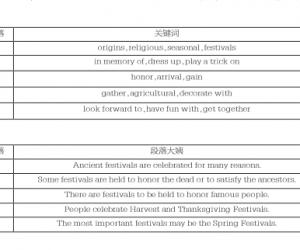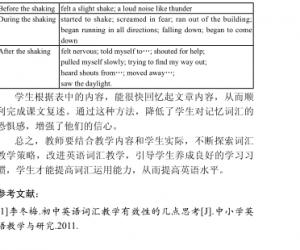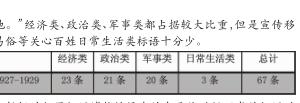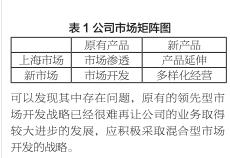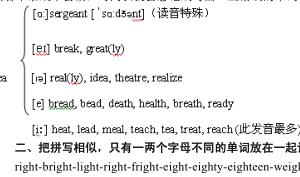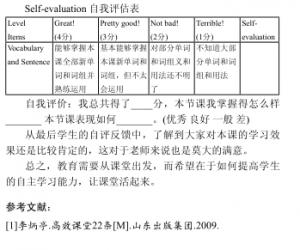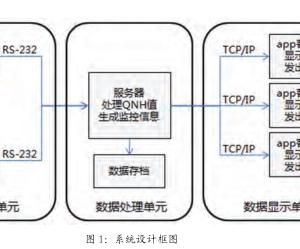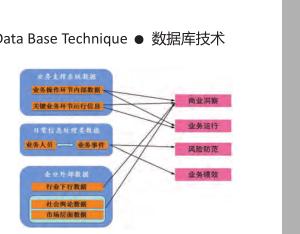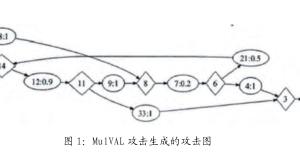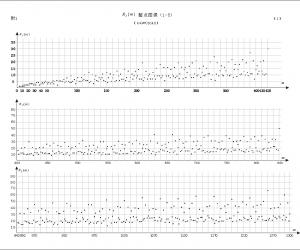On the Translation of Chinese Tourism Slogans
收藏
打印
发给朋友
发布者:lunwenchina
热度0票 浏览153次
时间:2019年12月16日 11:23
陕西理工大学外国语学院/詹蓉
【Abstract】 English slogans act as a wordless guide for theforeigners to follow the directions and it is a great chance forforeigners to know about Chinese and for Chinese to promotetheir images. Therefore, studies on the translation strategies oftourism slogans are still in great need.
【Key words】 English slogans; translation; tourism slogansTourism, well-known as a “zero-smoke industry” and“invisible trade” , is a promising industry which has greatsignificance values in modern times. It is true that scenic spots allover the country have been setting up English slogans to direct andfacilitate foreign visitors. These English slogans act as a wordlessguide for the foreigners to follow the directions and it is a greatchance for foreigners to know about Chinese and for Chinese topromote their images. However, mistranslation in slogans can be seenaround the country and that will cause the misunderstanding of theforeign visitors, damage the city image, eventually will hamper thedevelopment of international tourism to some extent. Thus, studies onthe translation strategies of tourism slogans are still in great need.
In the framework of Skopos theory, one of the mostimportant factors determined the purpose of translation isthe address, that is to say, the intended receiver. The theoryfocuses on the purpose of the translation, which determines thetranslation methods and strategies that are to be employed inorder to produce a functionally adequate result. The main ideaof this theory is that translators should hold the thought from theperspective of the target readers during the process of translation.
Therefore, the translator should bear in mind what the functionof translation text is, what the target readers’ demand, and whatsituation it is to be functioned. Specifically, Skopos theory holdsthree rules for translation, namely skopos rule, coherence ruleand fidelity rule. While translating, the three rules are combinedtogether in most cases. First, skopos rule. Skopos is a Greekword for “aim” or “purpose” . The top-ranking rule for anytranslation is the skopos rule. Vermeer stresses on many occasionsthat the skopos rule is a general rule, translation methods andstrategies are determined by the purpose of the target text. Itis the purpose of the translation that determines the translationmethods and strategies that a translator may adopt in order toproduce a functionally adequate translation Second, coherencerule. Translation has been defined as a purposeful activity whichinvolves a source text and the source text is usually part of thetranslation commission。 Third, fidelity rule. Fidelity rule isa preceding offer of information. It is expected to bear somerelationship with the corresponding source text. This is postulatedas a further principle. It states that there must be coherent betweenthe translated version and the source text. The target text shouldbe loyal to the source text. The form and the degree of the loyaltyare decided by the purpose of the target text.
In conclusion, based on Skopos theory, translators shouldkeep the three rules in mind and the proposed translationstrategies based on the three rules, such as transliteration, wordreplacement, borrowing, omission and so on.
References:
[1]Pinkham,Joan.The Translator’s Guide to Chinglish.
Beijing:Foreign Language Teaching and Research Press,1998.
[2]Tyler,Alexander.Essay on the principles of Transaltion.
Beijing:Foreign Language Teaching and Research Press,2007.
[3]方梦之.翻译新论与实践[M].上海:上海外语教育出版社,2004.
[4]胡壮麟.语篇的衔接与连贯[M].上海:上海外语教育出版社,1994.
[5]吴伟雄.中文标语英译浅议[M].北京:中国对外翻译出版公司,1998.
作者简介:詹蓉,陕西理工大学外国语学院学科教学(英语)专业研究生,陕西省西安市户县第六中学英语教师。





